

American History buffs (specifically those interested in Indigenous Americans) will consider this a must-see destination. Bandelier is made up of solidified volcano ash called tuff which is easy to chisel and manipulate, which is perfect for the Puebloan people who resided here for hundreds of years in man-made cave apartments.

Built in 1851, this military fort gives visitors a look into American history. The implications of this fort are hard to swallow, as it exists simply for the purpose of support during the “Indian Wars” when colonists violently pushed Indigenous Americans off of their ancestral land. Nonetheless, it’s important to learn the history and this is a great location for doing so.

Not ideal for Aztec enthusiasts as this monument was erroneously named by early settlers; it actually belongs to the Pueblo people. Perplexingly the name remains, despite this known error, but we can ignore that long enough to appreciate what the Puebloans accomplished in these 11th century ruins.
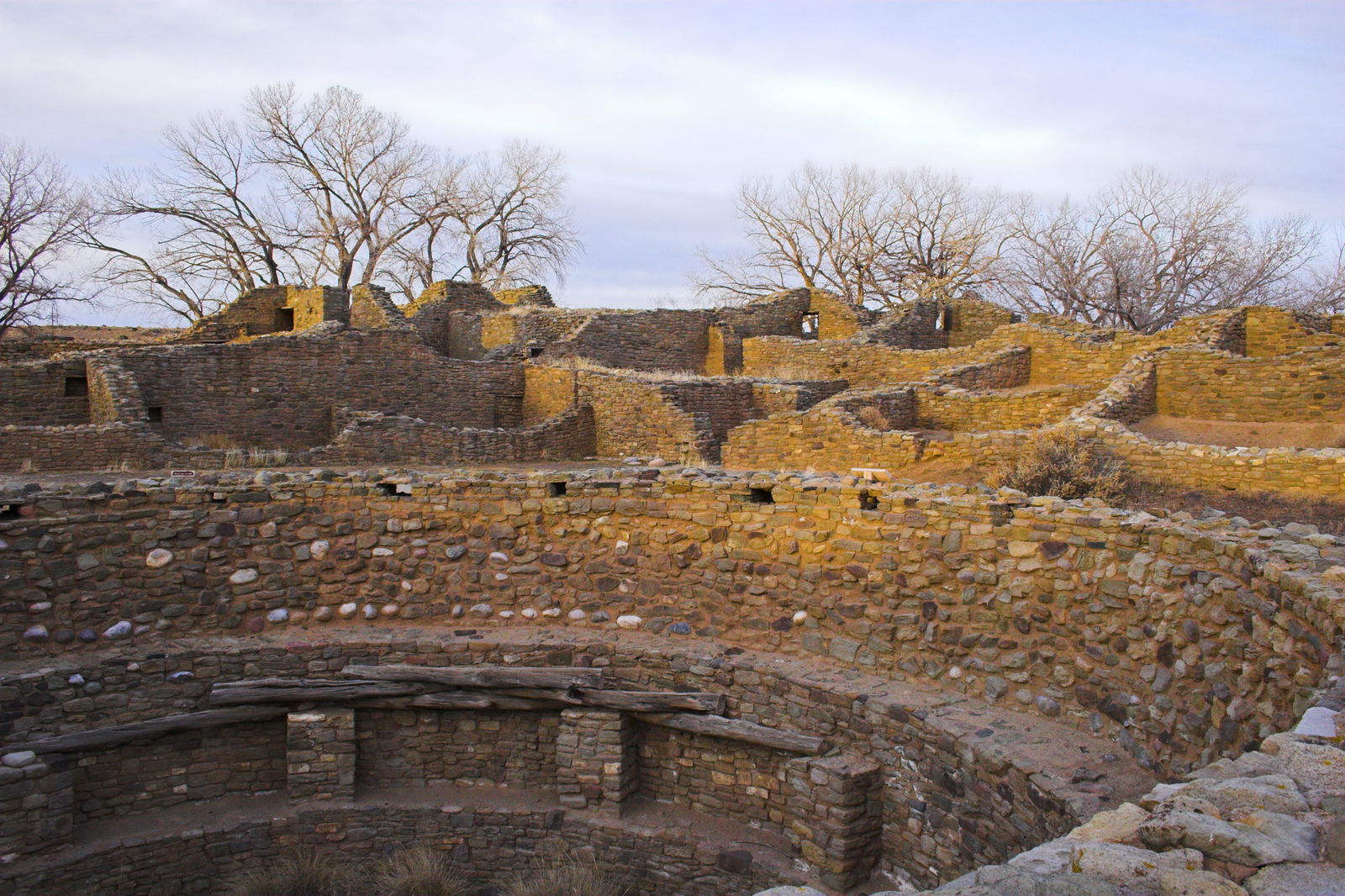
This cone volcano is now extinct, but has formed a near perfect shape in an otherwise flat location. It’s located in the northeast corner of the state, just a few miles from the Colorado border. You won’t be making a full day trip out of this destination, but it’s well worth the detour if driving through Raton.
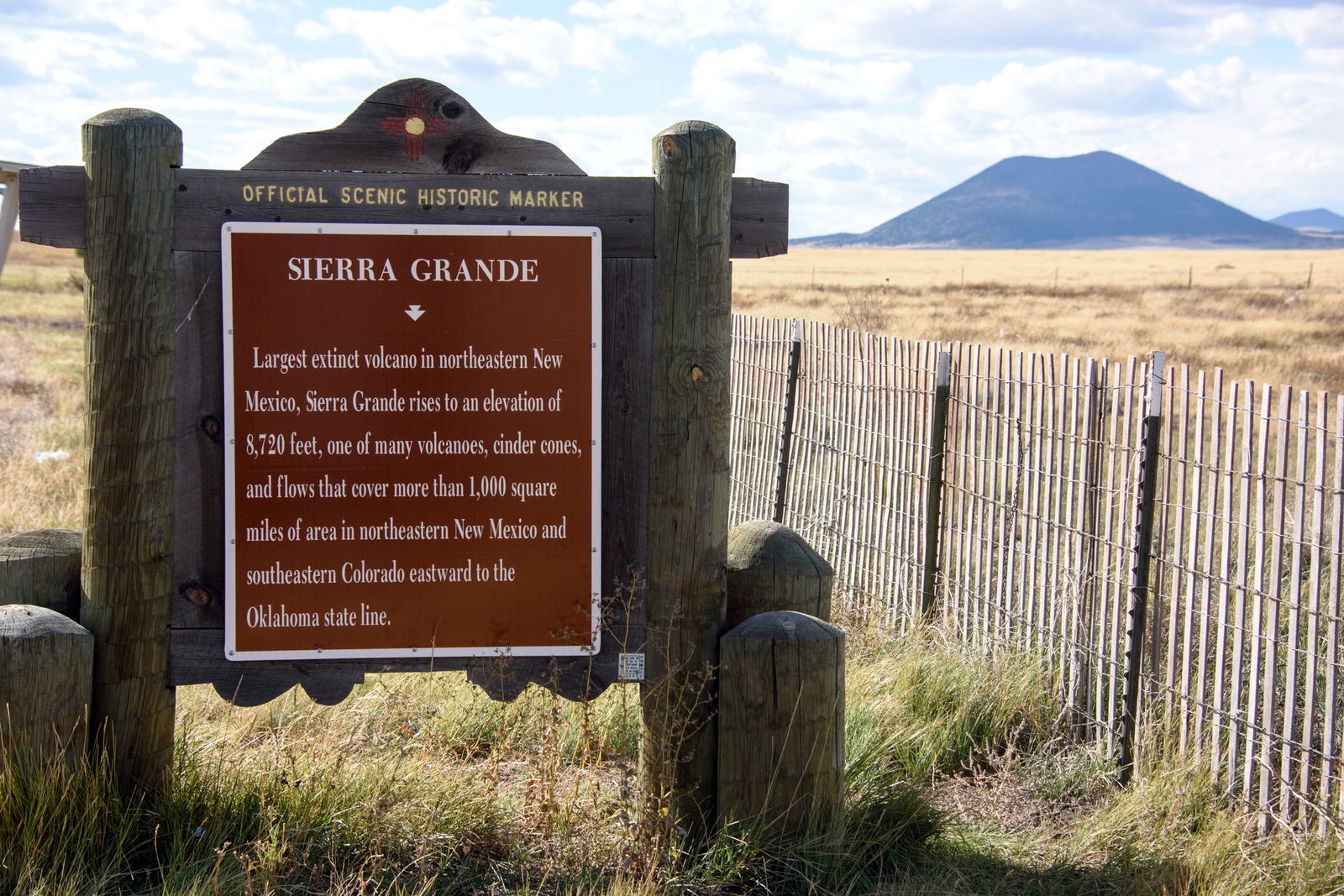
You’ve probably seen photos of the Kasha-Katuwe Tent Rocks (or “white cliffs” as it translates). These unique rock shapes make for intriguing photos and memorable hiking. It’s located about an hour south of Santa Fe, so you can easily make a daytrip for exploration.
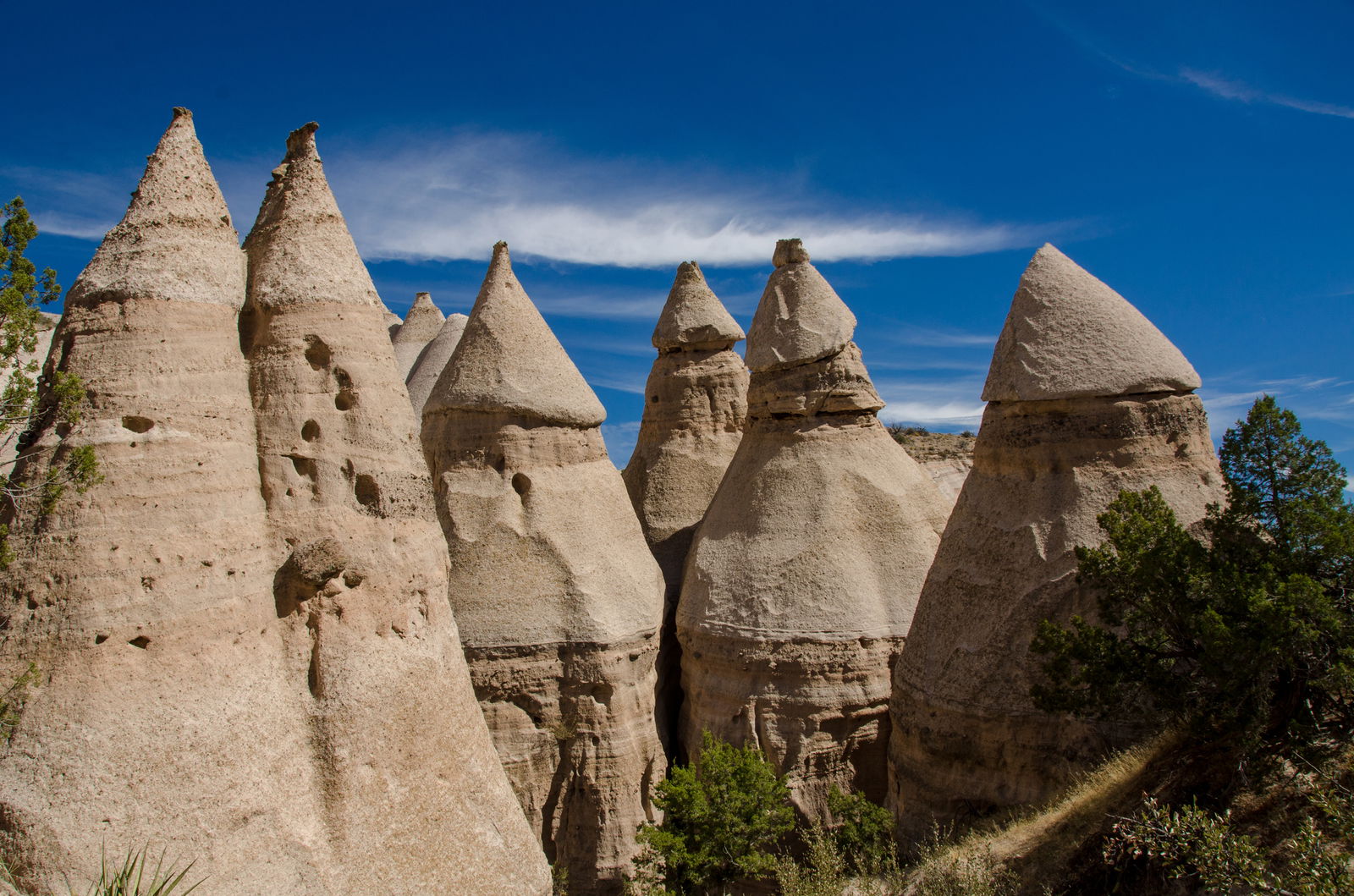
Think of this destination as the bad lands, not just because that’s exactly what it looks like, but also because that’s the literal translation of Malpais. For how barren this area feels, there are some interesting geological formations such as La Ventana Arch, and a number of limestone caves.
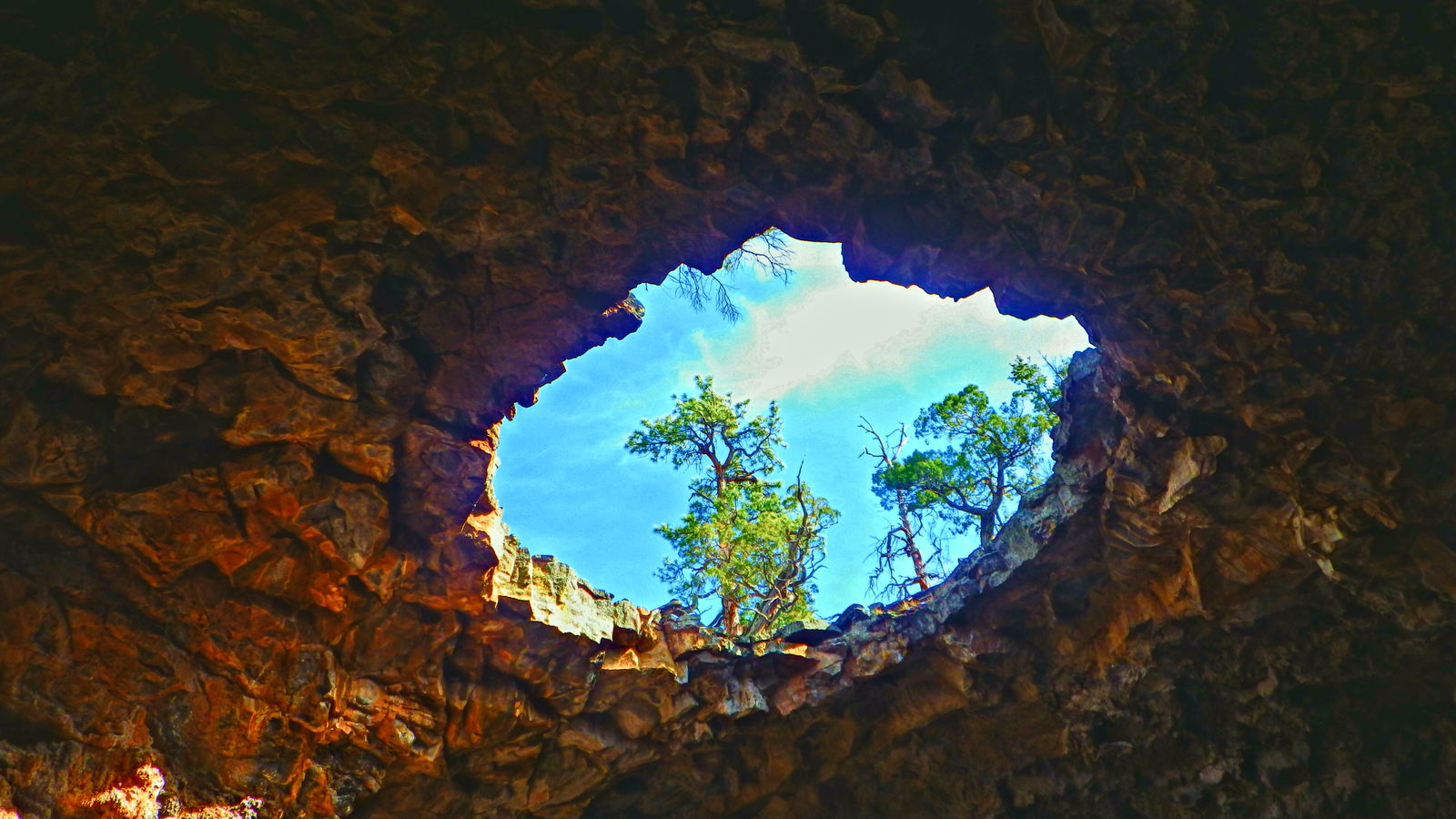
Only people in the Southwest know what it means to tour “interesting rock formations” but there really is a certain appeal to such tourism. Check out City of Rocks State Park located in southwestern New Mexico. The rocks are beautiful in the day, but in the evening is when you can really appreciate this remote location; that’s when the low light pollution and less atmosphere create a perfect stargazing environment.
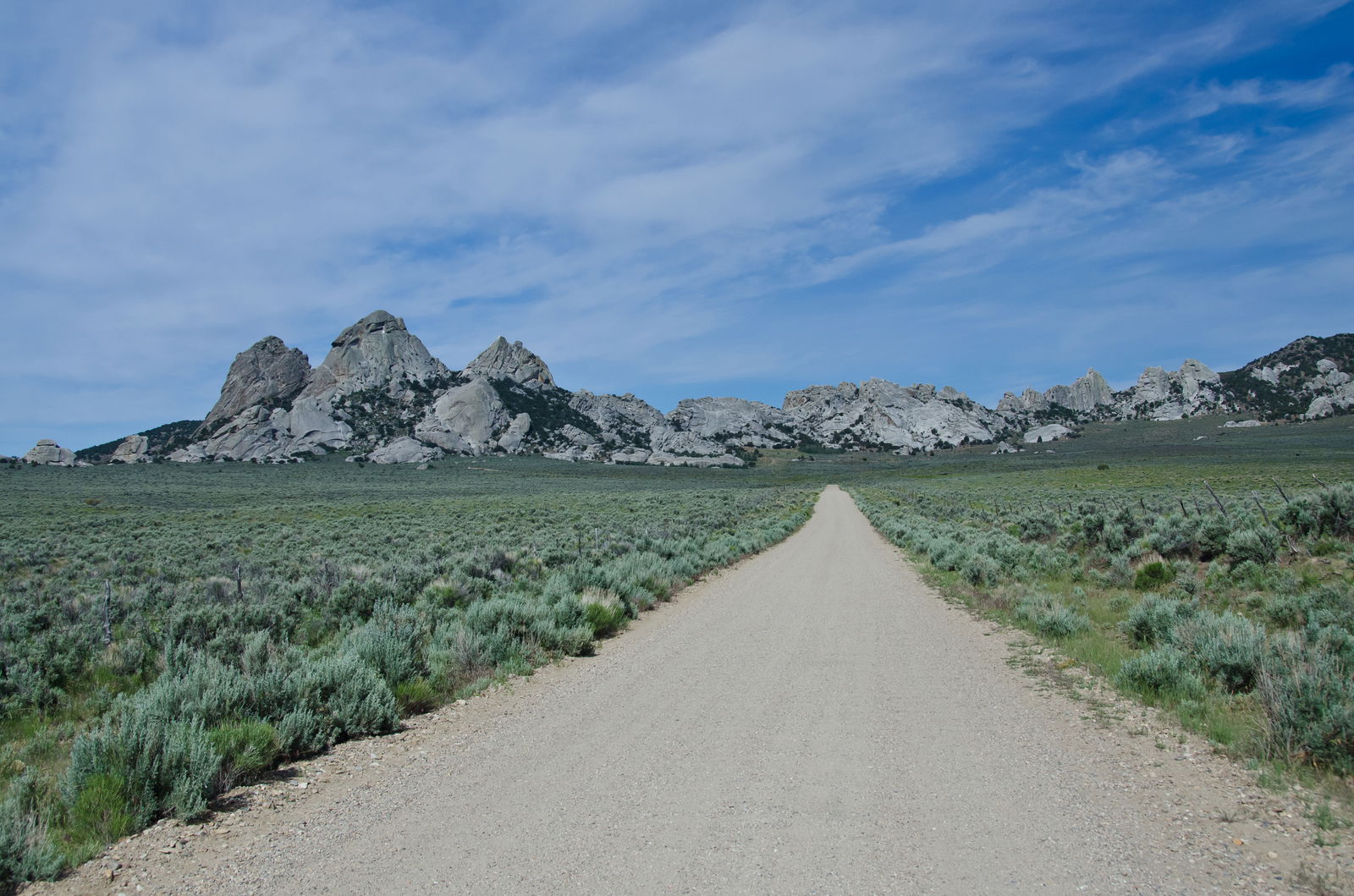
Similar to Colorado’s Great Sand Dunes the White Sands National Monument feels like the Sahara in an unlikely location. The pristine color of the sand at the aptly named monument helps create amazing photographs. Additionally, you can camp here with a free permit allowing for a one-of-a-kind sleeping experience.
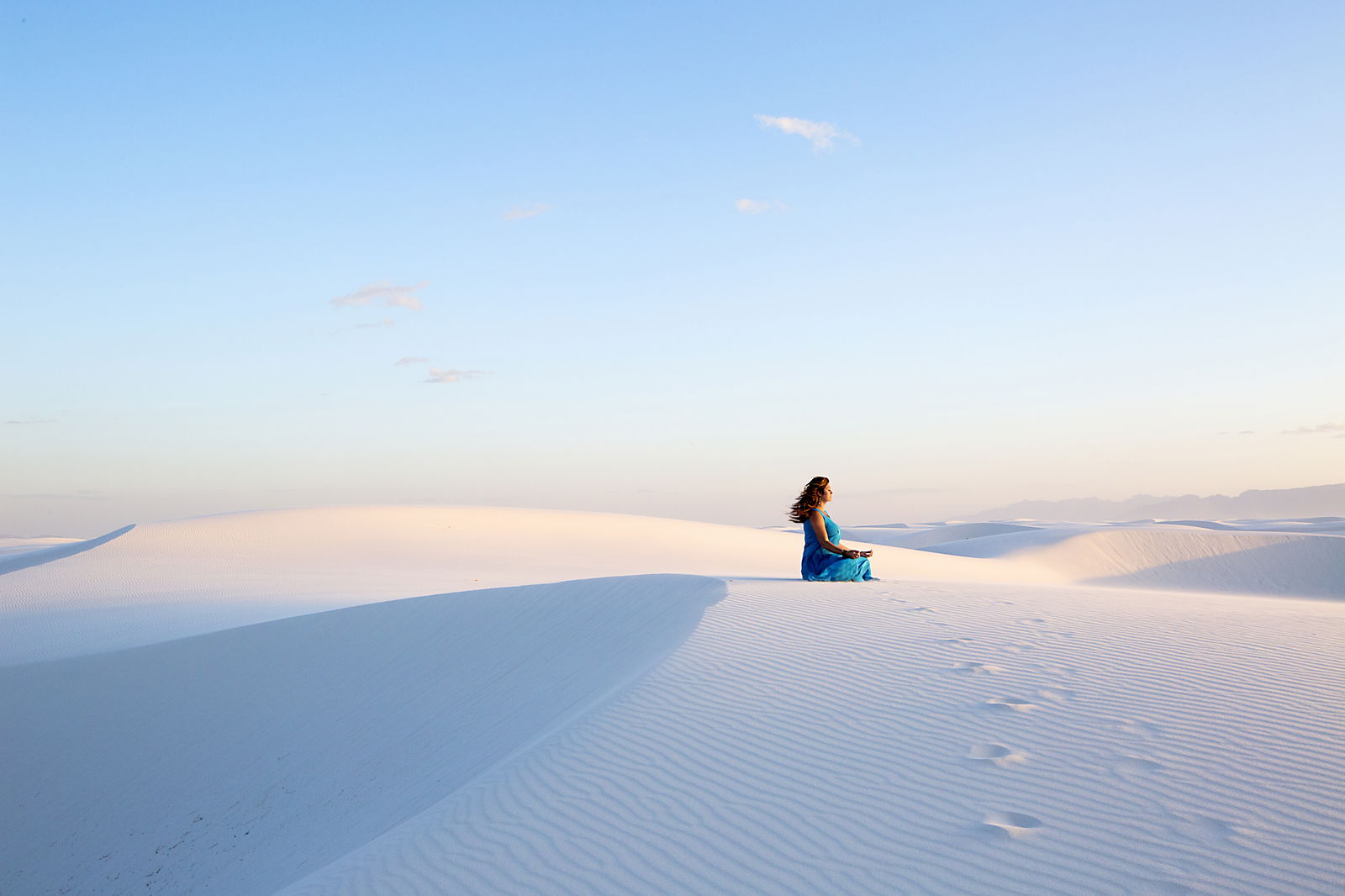
The Gila Cliff Dwellings are a fascinating collection of cliffside habitats created by the Mogollon peoples. The beautiful scenery surrounding the dwellings along the Gila River lend to a picturesque view. Inside the dwellings you’ll find ancient artifacts.

Among the most famous natural locales in New Mexico is the mysterious Carlsbad Caverns National Park. There’s an elevator which takes you down the equivalent of 79-stories into the earth, where you’ll exit into a huge welcome area (complete with cafeteria). Give yourself a couple hours to participate in these underground hikes.
